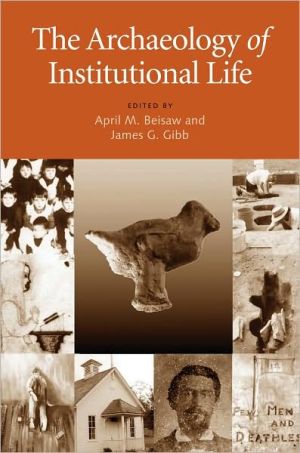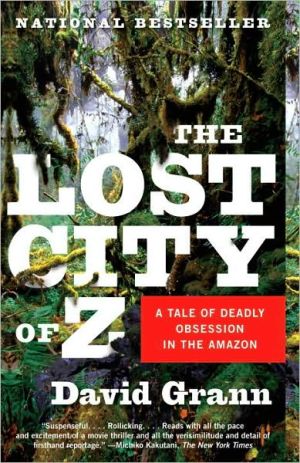The Archaeology of Institutional Life
Institutions pervade social life. They are often vested with the resources, authority, and power to enforce the orthodoxy of their time. But institutions are also arenas in which both orthodoxies and authority can be contested. Between power and opposition lies the individual experience of the institutionalized. Whether in a boarding school, hospital, prison, almshouse, commune, or asylum, the experiences of the individual can reflect the positive impact of an institution or its greatest...
Search in google:
Institutions pervade social life. They express community goals and values by defining the limits of socially acceptable behavior. Institutions are often vested with the resources, authority, and power to enforce the orthodoxy of their time. But institutions are also arenas in which both orthodoxies and authority can be contested. Between power and opposition lies the individual experience of the institutionalized. Whether in a boarding school, hospital, prison, almshouse, commune, or asylum, their experiences can reflect the positive impact of an institution or its greatest failings. This interplay of orthodoxy, authority, opposition, and individual experience are all expressed in the materiality of institutions and are eminently subject to archaeological investigation. A few archaeological and historical publications, in widely scattered venues, have examined individual institutional sites. Each work focused on the development of a specific establishment within its narrowly defined historical context; e.g., a fort and its role in a particular war, a schoolhouse viewed in terms of the educational history of its region, an asylum or prison seen as an expression of the prevailing attitudes toward the mentally ill and sociopaths. In contrast, this volume brings together twelve contributors whose research on a broad range of social institutions taken in tandem now illuminates the experience of these institutions. Rather than a culmination of research on institutions, it is a landmark work that will instigate vigorous and wide-ranging discussions on institutions in Western life, and the power of material culture to both enforce and negate cultural norms.
List of Illustrations viiAcknowledgments ix1 Introduction James G. Gibb 12 Historical Overview of the Archaeology of Institutional Life Sherene Baugher 5I Method and Theory3 On the Enigma of Incarceration: Philosophical Approaches to Confinement in the Modern Era Eleanor Conlin Casella 174 Feminist Theory and the Historical Archaeology of Institutions Suzanne M. Spencer-Wood 335 Constructing Institution-Specific Site Formation Models April M. Beisaw 49II Institutions of Education6 Rural Education and Community Social Relations: Historical Archaeology of the Wea View Schoolhouse No. 8, Wabash Township, Tippecanoe County, Indiana Deborah L. Rotman 697 Individual Struggles and Institutional Goals: Small Voices from the Phoenix Indian School Track Site Owen Lindauer 86III Institutions of Communality8 The Orphanage at Schulyer Mansion Lois M. Feister 1059 A Feminist Approach to European Ideologies of Poverty and the Institutionalization of the Poor in Falmouth, Massachusetts Suzanne M. Spencer-Wood 11710 Ideology, Idealism, and Reality: Investigating the Ephrata Commune Stephen G. Warfel 137IV Institutions of Incarceration11 Maintaining or Mixing Southern Culture in a Northern Prison: Johnson's Island Military Prison David R. Bush 15312 Written on the Walls: Inmate Graffiti within Places of Confinement Eleanor Conlin Casella 17213 John Conolly's "Ideal" Asylum and Provisions for the Insane in Nineteenth-Century South Australia and Tasmania Susan Piddock 18714 The Future of the Archaeology of Institutions Lu Ann De Cunzo 206References Cited 215Contributors 243Index 245
\ From the Publisher“Addressing a long-neglected facet of the archaeology of our modern world—our institutions—this volume reveals the interesting and insightful past of a class of sites that are deeply and inextricably tied to a core aspect of modernity.”—Jamie C. Brandon, Arkansas Archeological Survey\ "This volume highlights the use of interdisciplinary approaches and multiple lines of evidence as crucial to understanding the material culture of institutions and the relations of power that they embody. Institutions embody a worldview and the lives of their residents, staff, and community observers are influenced and constrained by the ideology which fashioned it. Researchers of any discipline who share an interest in power relations, childhood, gender studies, community relations, and institutional history will all find food for thought within The Archaeology of Institutional Life."--Journal of Middle Atlantic Archaeology\ \ \








